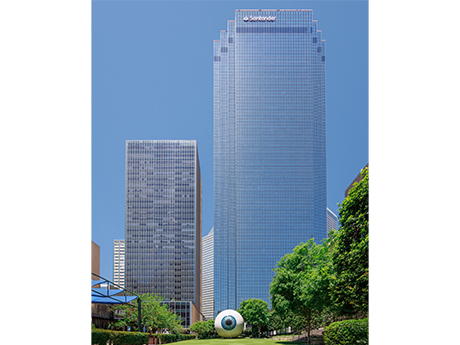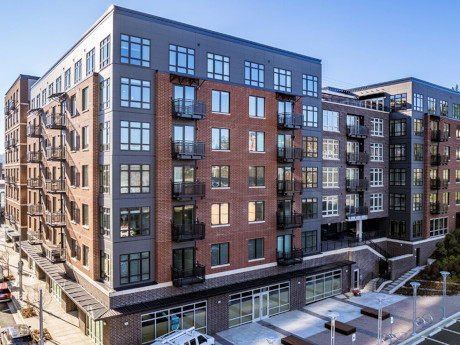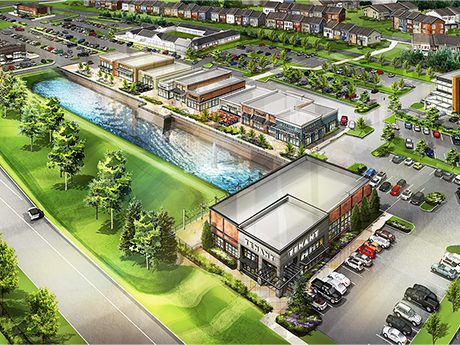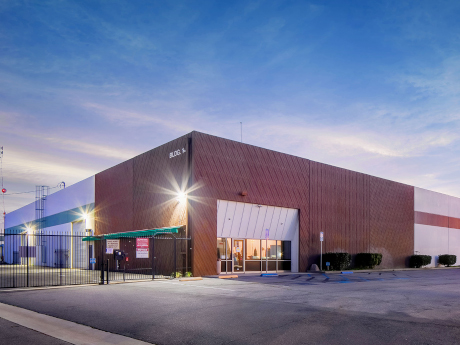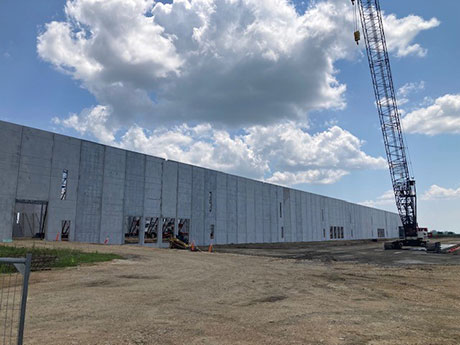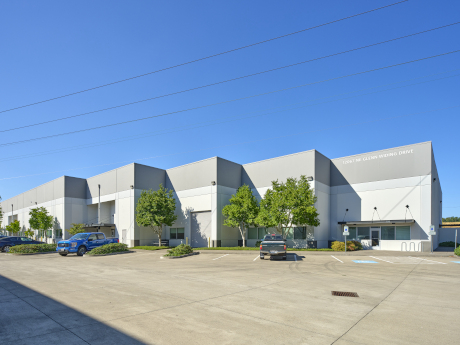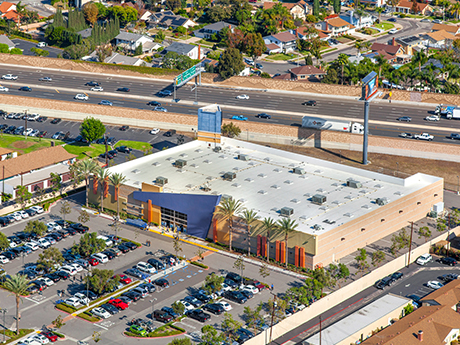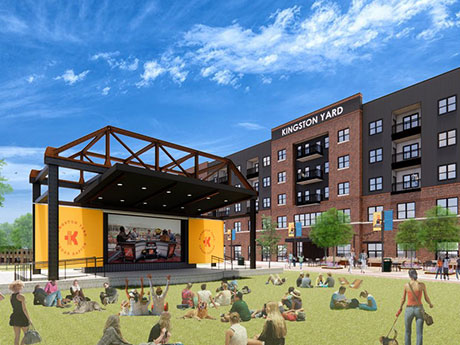By Emin Aboolian, senior vice president of underwriting, iBorrow It is not a shock to anyone in the industry to say that the commercial real estate market this year has been challenging and expected to experience further turbulence. The hoped-for interest rate cuts from the Federal Reserve have not yet happened. Price expectations from sellers have remained too optimistic due to the historic low interest rate environment that defined the capital markets for more than a decade. Investors with robust capital buckets continue to sit on the sidelines waiting for price corrections. The wall of impending maturities keeps getting closer — and seemingly larger. The “extend and pretend” approach from large lenders has pushed some maturities out but has not addressed the underlying debt-to-income ratios that these struggling commercial properties face. In summary, no matter what segment you are in — retail, office, industrial or multifamily — 2024 has been a tough year so far and is expected to carry into 2025 until sellers are forced to transact. So why do we think these clouds are going to clear generally, with the Texas market in particular pulling ahead in its recovery? Broadly speaking, the real estate sector is a victim …
Market Reports
— By Josh McDonald, Executive Vice President, CBRE’s Institutional Multifamily Investment Services — Recent data points to positive trends in Portland’s multifamily leasing market heading into the summer months. The rebound in absorption and declining new supply — primarily driven by an active suburban renter base — highlight the resilience and growth potential of the local rental market. The positive leasing trends in Portland have contributed to create an increase in recent investment sales opportunities. Strong leasing performance, as indicated by elevated absorption rates and demand for rental properties, often translates into positive investor sentiment and heightened investment activity in the multifamily sector. This may signal to investors that the market has opportunities for solid returns and growth potential. The green shoots in seasonal leasing are weighted in the suburbs with demand accounting for more than 65 percent of the net change in occupied units, emphasizing a strong preference for suburban living. With more than 3,100 units absorbed in 2024 already, the year is on track to surpass the full-year totals for both 2022 and 2023. This may potentially exceeding the 10-year average as well, according to CoStar. Denser urban areas and the Central Business District also experienced an increase …
Richmond’s Retail Market Is as Hot as a Firecracker, With a New Baseball Stadium Underway
by John Nelson
If you asked any retail broker in the Richmond market in April 2020 what the forecast might look like, the response would be dark and stormy skies ahead with record-high retail vacancy rates. Fast forward four years later, and the forecast has been quite the opposite, with sunny skies in terms of deal flow and record-low retail vacancy rates, both a positive and a negative as it relates to the vacancy rate itself. Richmond boasts close to 82 million square feet of retail space, and at the end of the second quarter of this year, the vacancy rate stood at 3 percent. Despite COVID, the vacancy rate stood at 5.1 percent at the end of 2020. The market is experiencing record-high demand for new space and about a 15.6 percent year-over-year increase in quoted rental rates due to that demand and limited product availability. Since 2020, our market has seen, on average, 2 million square feet of retail space leased per year, and all signs point to steady leasing velocity in the future. Short Pump, Hull Street West The Short Pump and Hull Street West submarkets continue to be the prime focus of many retailers looking to expand in …
Orange County Industrial Sector Experiences Leasing Slowdown, but Investment Remains Active
by Jeff Shaw
— By Erick Parulan — The Orange County industrial market, along with Los Angeles and the Inland Empire, is experiencing a general decline in leasing activity as it navigates the post-pandemic landscape. Tenant demand and leasing have significantly slowed as occupiers adopt a more cautious approach to expansion, with some occupiers deciding to downsize and consolidate their industrial footprints. Tenant occupancies continue to contract in the second quarter, with manufacturers, retailers and 3PL (third-party logistics) companies shedding unused space that may have been acquired during the pandemic frenzy, further increasing sublet availabilities. Orange County sublet availabilities surpassed 3.3 million square feet in the second quarter of 2024, raising total availabilities to 9.5 percent for the quarter. While pandemic-driven rental rates hit historic highs, they have since cooled amid softening demand. Many landlords now offer increased free rent concessions to attract new tenants. Average asking lease rates have been on the decline in Orange County over the past two quarters. They decreased by 5.2 percent from the prior quarter, reaching $1.64 per square foot in second-quarter 2024. High market rents previously deterred many occupiers, but with rents on the decline, some tenants have adopted a wait-and-see approach to see where rates …
By John G. Ruhl, NAI Ruhl Commercial Co. People are always surprised when they learn how many communities are part of the Quad Cities since they think it stops with just four towns. For the record, there are 58. The bi-state region includes Moline, East Moline and Rock Island, Illinois, and Davenport and Bettendorf, Iowa, as the main core cities. The Quad Cities is the largest metro area between St. Louis and Minneapolis on the Mississippi River. The Mississippi River was the main reason for this region’s initial growth historically since it was an important distribution channel. John Deere moved his base of operation to Moline, Illinois, in 1848 to utilize the river’s power for manufacturing and transportation of goods. The world headquarters of Deere & Co. are still based here, along with many of its factories and distribution centers, making it the region’s largest employer. Several other Fortune 500 companies have a major presence in this region, including Arconic, 3M, Nestle-Purina and Kraft Heinz. The Quad Cities has always been led by smaller manufacturers, suppliers and service providers supporting our major employers and the regional economy. More than 1,200 manufacturers from all industry sectors are based in the …
— By Gabe Schnitzer, Vice President of Industrial Properties, Norris & Stevens — Portland and Southwest Washington possess a total industrial real estate market of 233 million square feet. Portland is frequently praised as the most affordable city on the West Coast, offering lower average home prices compared to its northern and southern counterparts, while providing a high quality of life for its residents. From 2017 to 2022, Portland’s average annual industrial sales volume was $810 million, with institutional funds accounting for 20 percent of the total sales volume during that time. This represented the highest average industrial volume for the city, with early 2022 boasting nearly $1.4 billion in total sales volume. Then Portland experienced its wake-up call. Ill-conceived legislation, poor leadership and damaging national media coverage caused the city’s reputation to decline. This, in turn, led to a significant drop in the city’s industrial sales volume. From 2022 to 2023, the volume fell by almost $500 million. Despite hopes of stabilization in 2024, sales volume dropped further by nearly $150 million. While some of this decline can be attributed to interest rates and other macroeconomic factors beyond Portland’s control, the impact on institutional investors has been severe. Their …
We are fortunate to live and work in a region that experiences steady growth and maintains a healthy economy. From a commercial real estate perspective, the Richmond market is a consistent performer due to its diversified economy and reliable and consistent business drivers. Industrial and multifamily construction activity has remained strong without being overbuilt, eliminating the pattern of “boom and bust” that some other areas experience. A submarket that has been red hot is Scott’s Addition, a 20-square-block neighborhood that has been transformed from warehouses and light industrial to a mixed-use mecca of multifamily, office and retail. Developers and tenants alike appreciate the proximity to the interstate, numerous amenities and abundant diversity within the community. Exceptional walkability scores, along with a thriving restaurant and brewery scene, seem to be driving tenants’ willingness to pay the highest rents in the area. The high cost of new construction also informs these rents and, ultimately, is passed through to end users. Scott’s Addition will likely continue to be a desirable location for many, although high rents and challenging parking will remain an issue for some. Another very desirable submarket and consistent performer is Glen Forest. Primarily office- and medical-focused, this area offers Class …
— By John R. Read — Orange County’s retail market continues to shine, mirroring its famously consistent weather. Despite challenges like persistent interest rate fluctuations, capital markets volatility and signs of a slowing economy, the region remains a beacon for retailers and investors alike. This resilience has cemented Orange County as one of the strongest retail markets in Southern California and the nation. As 2023 drew to a close, a notable drop in the 10-year U.S. Treasury yield to below 4 percent and signals from the Federal Reserve of potential rate cuts in the upcoming year fueled optimism among real estate investors. However, 2024 has continued to see volatility, with yields reaching mid-4 percent levels and no rate cuts yet implemented. This environment has impacted Orange County’s retail investment sales volume, which saw a 29 percent drop in 2023 from the prior five-year averages and a muted start in 2024. Despite this, investor demand and pricing have remained strong due to Orange County’s high barriers to entry, with average cap rates in the mid-5 percent range and several significant transactions highlighting the market this year. This includes the April sale of an El Pollo Loco in Orange for $3.8 million …
By Taylor Williams Heath Ledger, squaring off against Batman as The Joker, observed, “so this is what happens when an unstoppable force meets an immoveable object.” The late great actor’s metaphor for the stalemate that ensues when entities of equal and opposing power collide could almost be used to describe the current state of the Boston retail market. For while the sector continues to see high levels of tenant demand and the locale retains an array of proven demand drivers, the lack of new supply means that a ceiling of sorts on the growth of the market as a whole is taking shape. And the factors that form the foundation of this ceiling are very unlikely to bend, much less break. Minimal gains in new inventory have long plagued the Boston retail market, and the current scenario is no exception. According to data from CoStar Group, the market added 518,000 square feet of new space in the 12-month period that ended June 30 but absorbed approximately 1 million square feet of space during that time. Vacancy thus remains extremely tight at 2.3 percent. In formulating its latest report on the Boston retail market, CoStar noted that Beantown retailers would “largely …
By Scott Olson, Skogman Commercial As the city of Cedar Rapids, Iowa celebrates its 175th year in 2024, the growth momentum and success continues despite a derecho, pandemic and high interest rates that have impacted the state and our nation. The city continues to reach new heights, becoming one of the few communities in the nation to have all of its major city service departments obtaining accreditations from leading industry-specific agencies. Currently, the departments certified include: • Parks and Recreation Department • Fire Department • Police Department • Public Works • Public Library • Building Service Department Code • Enforcement Division Public Works passed accreditation with a 100 percent score with 11 of its policies selected to be used as models for other cities. The Code Enforcement Division had the highest score to date and is only the ninth city to have this certification. But, just as impressive is the city’s most recent national rankings: • No. 23 city with the lowest cost of living in America (niche.com, 2024) • No. 41 best place to live in America (livabililty, 2024) • No. 45 happiest city in America (wallethub, 2024) • No. 13 best city to buy a house …


